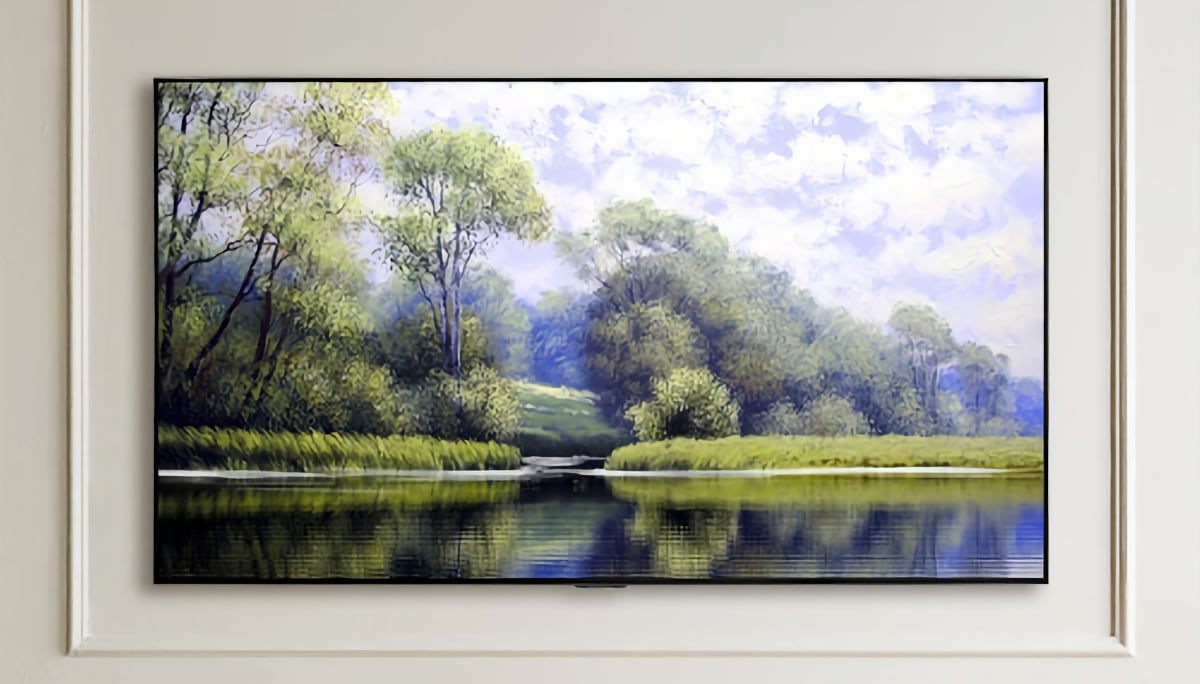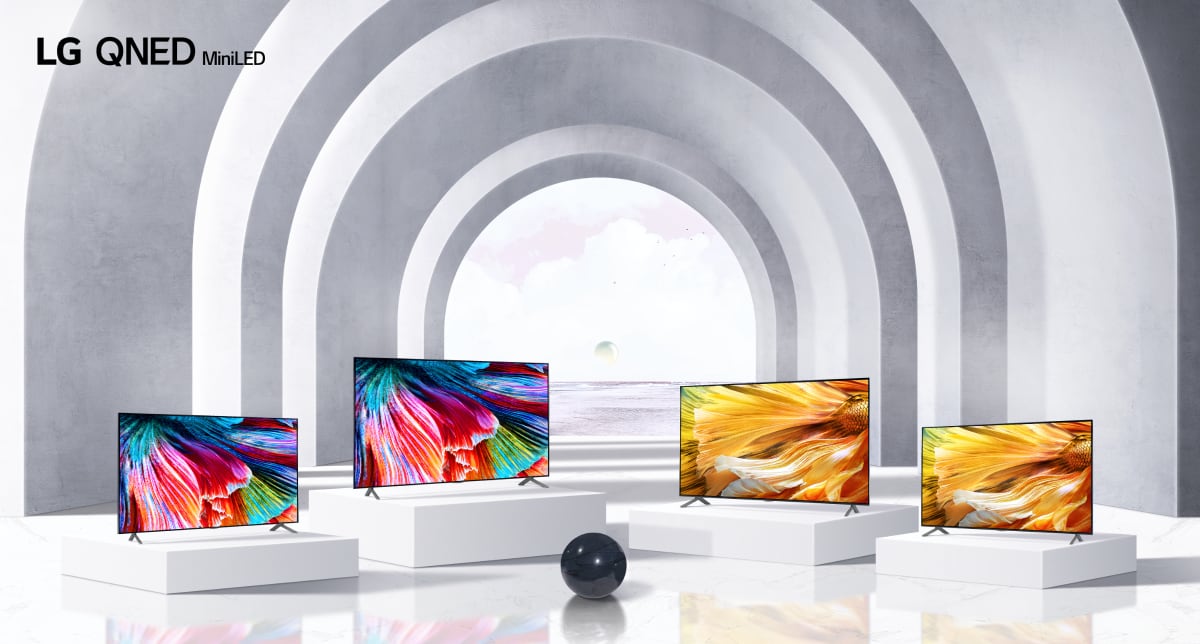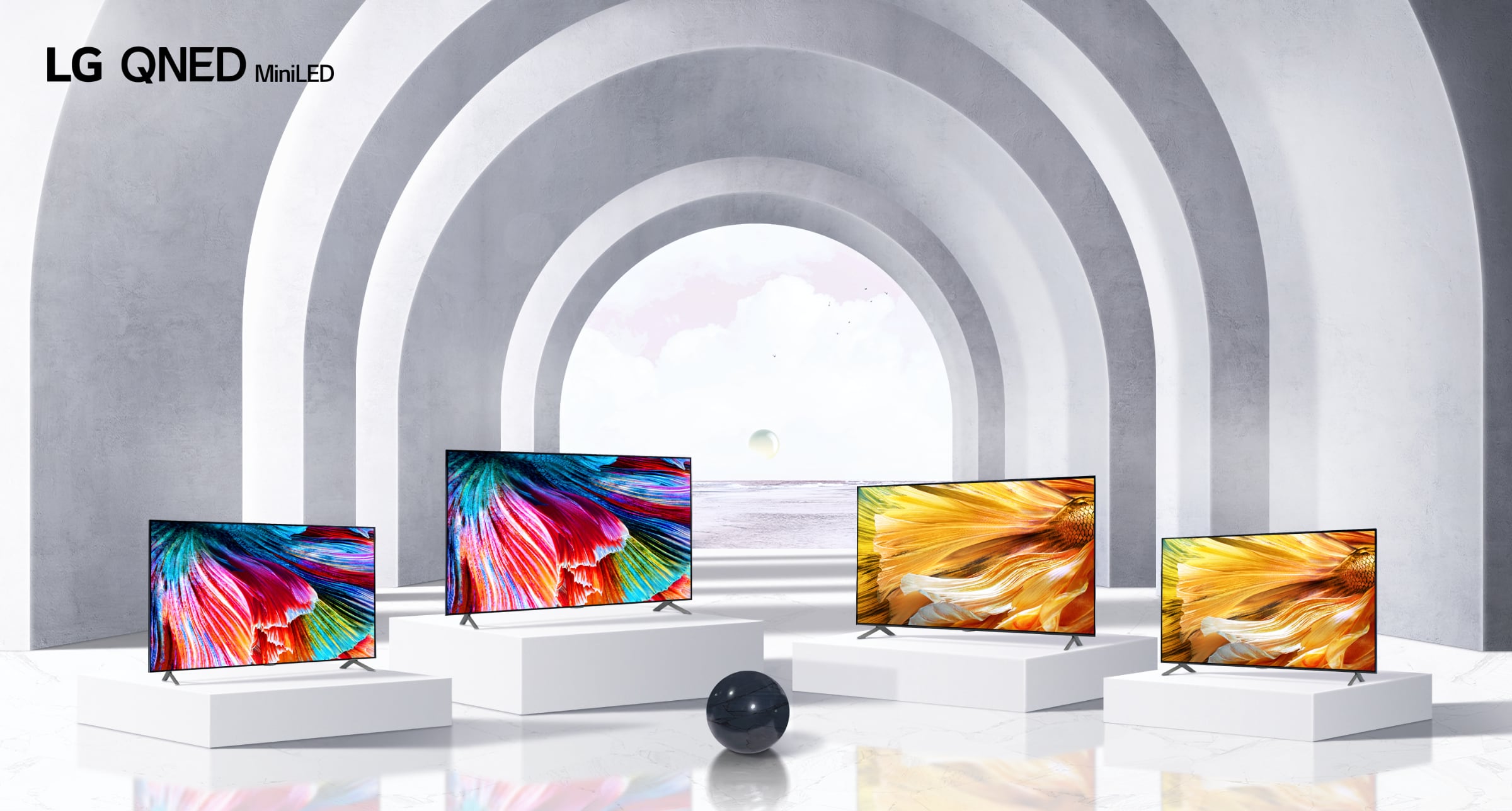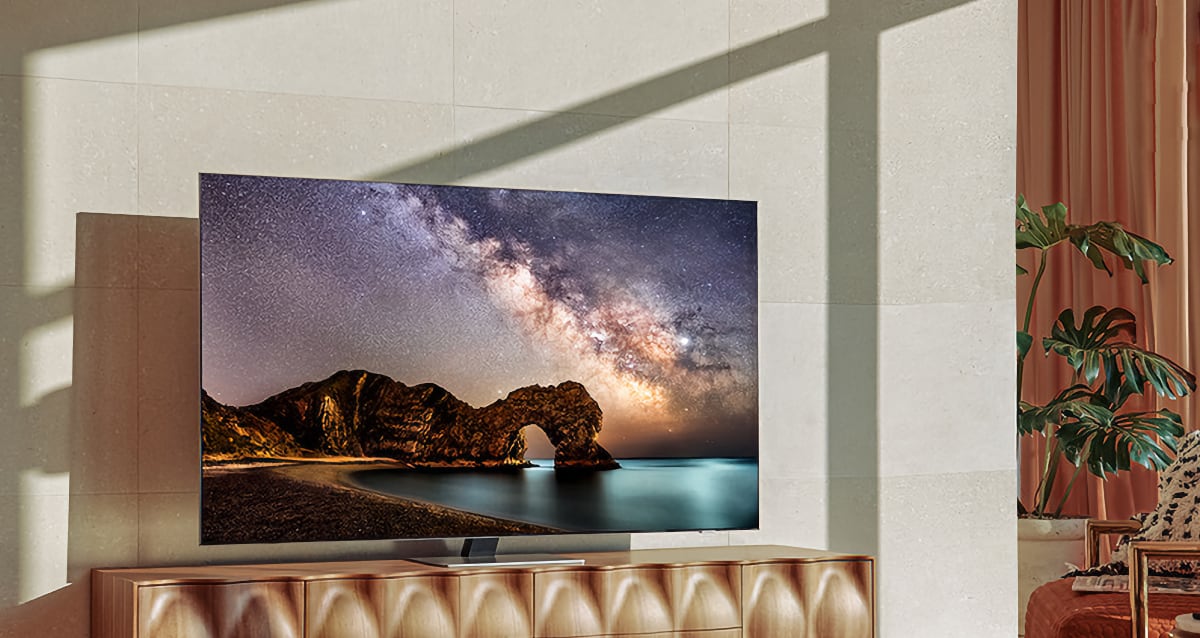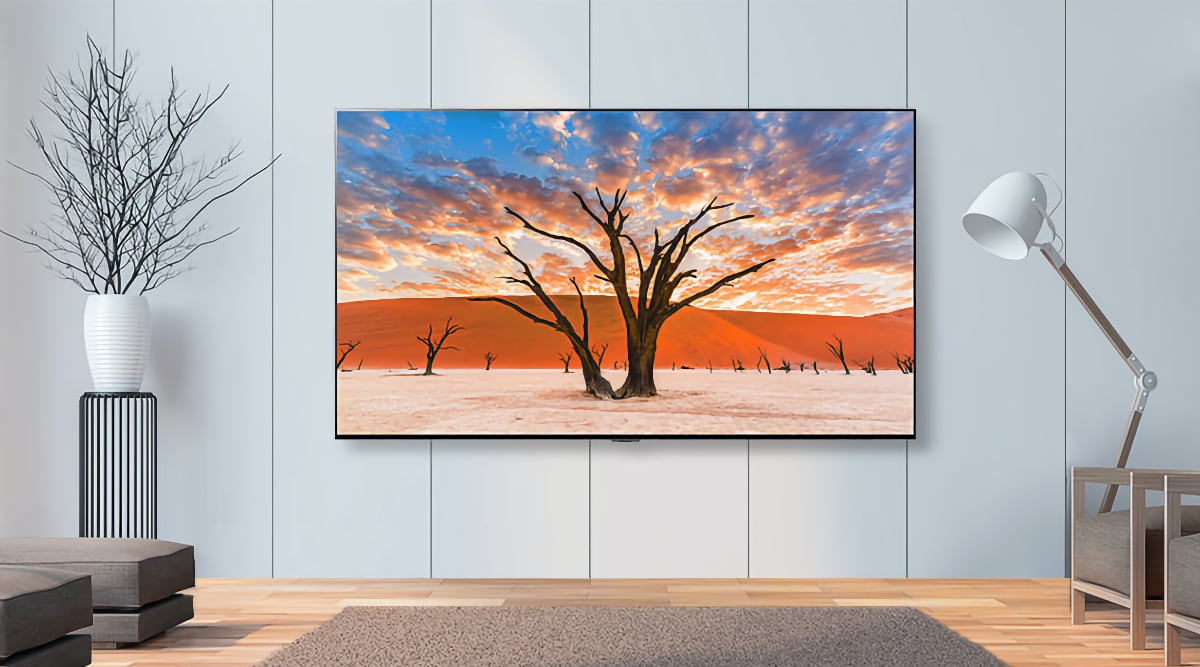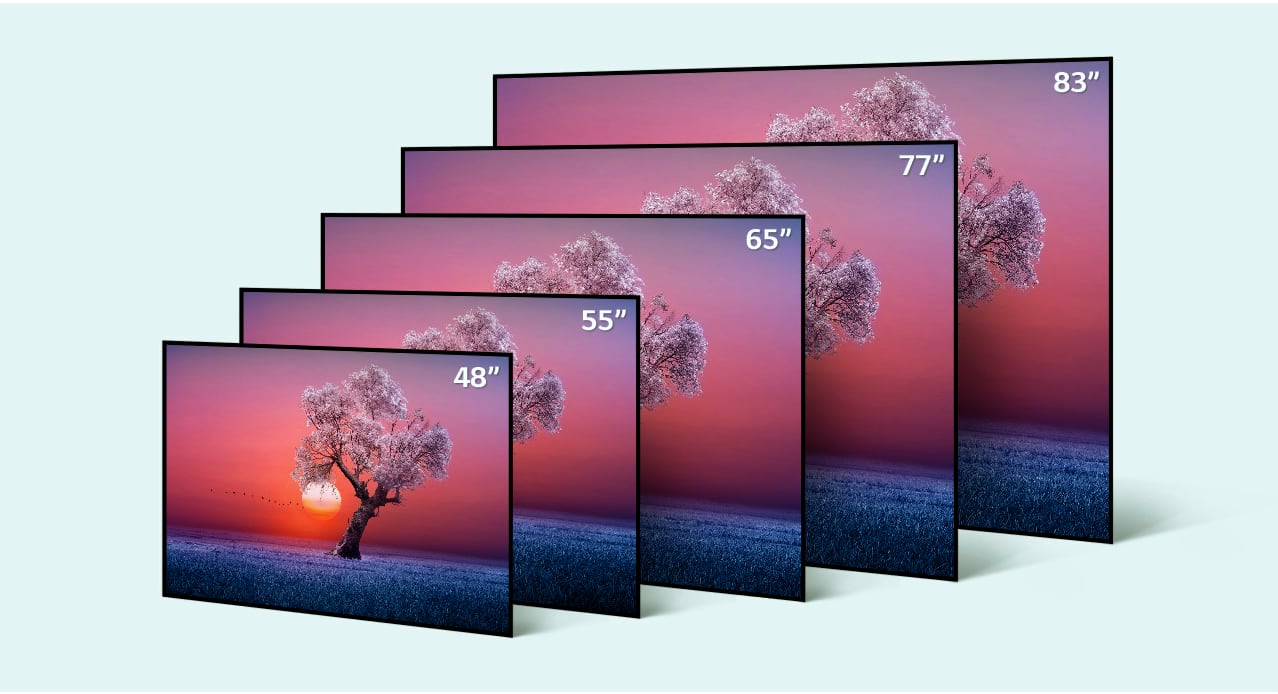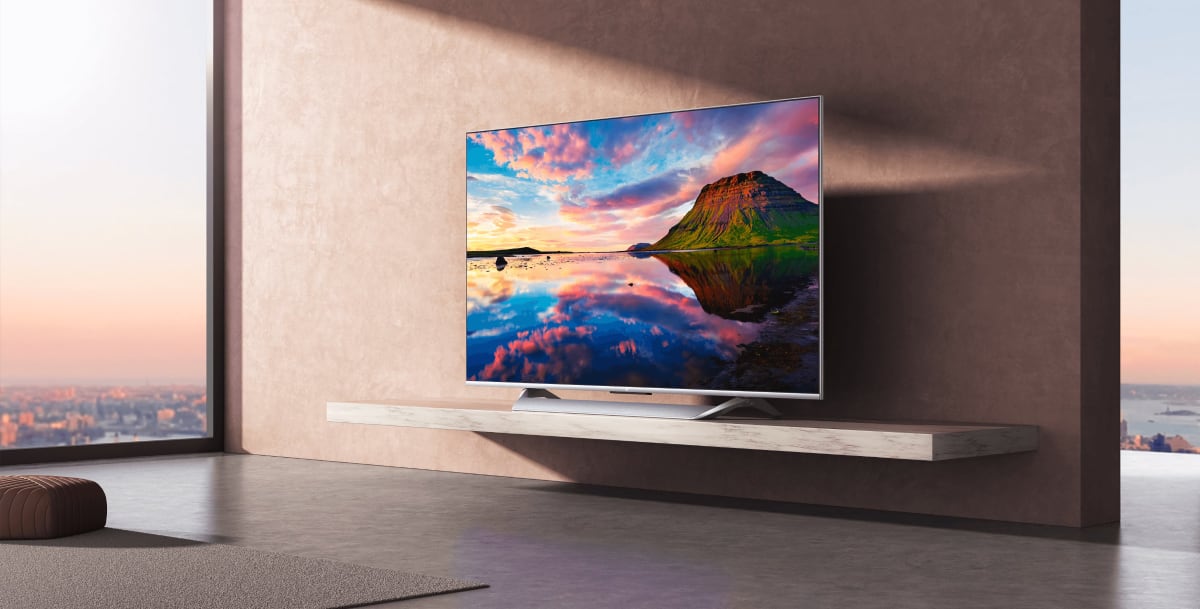Rikkori
Member
Hey y'all, thought it might be useful we have a thread to discuss TVs and general developments around them for this year. After all, it's not only consoles but also PC gamers more and more who are choosing to use on as their display, and frankly they offer vastly superior picture quality for the money compared to the monitors. So why not?
Hisense
-TBD-
LG
-TBD-
Panasonic
-TBD-
Samsung
Sony
TCL
-TBD-
Vizio
-TBD-
F.A.Q.
What's the difference between OLED & LCD?
- The most important difference is in the backlight. OLEDs are self-emissive displays where every pixel lights up independently, while for LCD it requires a coarser backlight which isn't capable of such precise control (for normal consumer displays). What that means is with an OLED you will have much better contrast, while with an LCD you can have more brightness but will not have such precise control, which will result in blooming (light halo around an image, so for example when showing a star in space the star will light up but so will the area around it so instead of the area being black as it should, it can be greyer; see this photo).
What's a FALD?
- Full Array Local Dimming is a way of exercising more precise control over the backlight in an LCD. Generally the more zones the better, but most importantly for a FALD is the algorithm controlling these zones otherwise they will be ineffective. Generally these are still quite large and cannot get close to the per-pixel control of an OLED, but are cheap & still effective for HDR.
What's miniLED?
- This is a more fine-grained version of FALD where instead of having a few large zones controlling the backlight you have many more zones which are composed of thousands of mini leds (hence the name). This is a way in which LCDs can rival OLEDs for contrast, but retain their traditional advantages of being brighter & (somewhat) cheaper. A good algorithm is CRUCIAL here or you will have worse results than a FALD and see black crushing (detail no longer being visible in darker areas) or delayed lighting transitions.
What's QLED?
- This is simply a marketing name for LCDs with a Quantum Dot colour filter. It's mostly a Samsung term, but others vendors have used it as well. Similar to it we have Nanocell for LG, or Triluminos for Sony.
What's QNED?
- This can refer to two different things. One, it's a marketing name for LG's upcoming miniLED TVs. Two, it's a display technology that's years away, being developed by Samsung, called Quantum nano-emitting diode, similar in scope to OLEDs and LCDs.
What's microLED?
- Microled is a display technology that tries to marry the strengths of both OLEDs (per-pixel illumination) as well as LCDs (high brightness, no burn-in). It is done on a per-module basis so you can think of them as putting a bunch of tiles together, so you'd get a much larger display. It is mostly a technology for businesses as the costs to manufacture them are extremely high and not meant for regular consumers. It's assumed to be "the future" of display tech. Time will tell.
What's HDMI 2.1?
- In short - it's how you connect your display to your computing machine so that you can display video and reproduce audio. The advantage over the previous HDMI 2.0b is that it has a lot more bandwidth, which enables 4K 120hz & 8K 60hz at 10/12bit. Besides that it can also offer new features such as VRR, eARC, ALLM, etc.
What's VRR, eARC, ALLM, etc.?
- VRR stands for variable refresh rate. What this does is sync the refresh rate of your display to the framerate of the game, thus eliminating screen tearing but with a lower input lag penalty compared to vsync.
- Enhanced Audio Return Channel (eARC) is the next generation of ARC. The main benefit of eARC is a big boost in bandwidth and speed. This allows you to send higher-quality audio from your TV to a soundbar or AV receiver. There’s scope for eARC to deliver up to 32 channels of audio, including eight-channel, 24bit/192kHz uncompressed data streams at speeds of up to 38Mbps. This means all those high bitrate formats currently available on Blu-ray discs, 4K Blu-rays and some streaming services – Dolby TrueHD, DTS-HD Master Audio and object-based formats such as Dolby Atmos and DTS:X – will all be compatible. On paper, HDMI eARC should also make the handshake between compatible devices much smoother and negate the need to activate HDMI CEC (which doesn’t always work properly) - so operating multiple products shouldn’t require any extra steps to get things up and running.
- Auto Low-Latency Mode enables your display to go into "Game mode" automatically when connected to a device it would consider a gaming device (eg a console), thus ensuring you are in the TV mode with the lowest latency, hence the name. This is not a crucial feature and it is something you can simply do manually, by switching your TV manually into game mode (or PC/graphics mode, depending on the TV in question).
Hisense
-TBD-
LG
-TBD-
Panasonic
-TBD-
Samsung
| 55" | 65" | 75" | 85" | 98" | |
| QN900A | Review | Review | Review | Review | |
| QN800A | Review | Review | Review | ||
| QN95A | Review | Review | Review | ||
| QN90A | Review | Review | Review | Review | |
| Q85A | Review | Review | Review | Review |
Sony
| 50" | 55" | 65" | 75" | 77" | 83" | 85" | 100" | |
| Z9J | Review | Review | ||||||
| A90J | Review | Review | Review | |||||
| A80J | Review | Review | Review | |||||
| X95J | Review | Review | Review | |||||
| X90J | Review | Review | Review | Review | Review |
TCL
-TBD-
Vizio
-TBD-
F.A.Q.
What's the difference between OLED & LCD?
- The most important difference is in the backlight. OLEDs are self-emissive displays where every pixel lights up independently, while for LCD it requires a coarser backlight which isn't capable of such precise control (for normal consumer displays). What that means is with an OLED you will have much better contrast, while with an LCD you can have more brightness but will not have such precise control, which will result in blooming (light halo around an image, so for example when showing a star in space the star will light up but so will the area around it so instead of the area being black as it should, it can be greyer; see this photo).
What's a FALD?
- Full Array Local Dimming is a way of exercising more precise control over the backlight in an LCD. Generally the more zones the better, but most importantly for a FALD is the algorithm controlling these zones otherwise they will be ineffective. Generally these are still quite large and cannot get close to the per-pixel control of an OLED, but are cheap & still effective for HDR.
What's miniLED?
- This is a more fine-grained version of FALD where instead of having a few large zones controlling the backlight you have many more zones which are composed of thousands of mini leds (hence the name). This is a way in which LCDs can rival OLEDs for contrast, but retain their traditional advantages of being brighter & (somewhat) cheaper. A good algorithm is CRUCIAL here or you will have worse results than a FALD and see black crushing (detail no longer being visible in darker areas) or delayed lighting transitions.
What's QLED?
- This is simply a marketing name for LCDs with a Quantum Dot colour filter. It's mostly a Samsung term, but others vendors have used it as well. Similar to it we have Nanocell for LG, or Triluminos for Sony.
What's QNED?
- This can refer to two different things. One, it's a marketing name for LG's upcoming miniLED TVs. Two, it's a display technology that's years away, being developed by Samsung, called Quantum nano-emitting diode, similar in scope to OLEDs and LCDs.
What's microLED?
- Microled is a display technology that tries to marry the strengths of both OLEDs (per-pixel illumination) as well as LCDs (high brightness, no burn-in). It is done on a per-module basis so you can think of them as putting a bunch of tiles together, so you'd get a much larger display. It is mostly a technology for businesses as the costs to manufacture them are extremely high and not meant for regular consumers. It's assumed to be "the future" of display tech. Time will tell.
What's HDMI 2.1?
- In short - it's how you connect your display to your computing machine so that you can display video and reproduce audio. The advantage over the previous HDMI 2.0b is that it has a lot more bandwidth, which enables 4K 120hz & 8K 60hz at 10/12bit. Besides that it can also offer new features such as VRR, eARC, ALLM, etc.
What's VRR, eARC, ALLM, etc.?
- VRR stands for variable refresh rate. What this does is sync the refresh rate of your display to the framerate of the game, thus eliminating screen tearing but with a lower input lag penalty compared to vsync.
- Enhanced Audio Return Channel (eARC) is the next generation of ARC. The main benefit of eARC is a big boost in bandwidth and speed. This allows you to send higher-quality audio from your TV to a soundbar or AV receiver. There’s scope for eARC to deliver up to 32 channels of audio, including eight-channel, 24bit/192kHz uncompressed data streams at speeds of up to 38Mbps. This means all those high bitrate formats currently available on Blu-ray discs, 4K Blu-rays and some streaming services – Dolby TrueHD, DTS-HD Master Audio and object-based formats such as Dolby Atmos and DTS:X – will all be compatible. On paper, HDMI eARC should also make the handshake between compatible devices much smoother and negate the need to activate HDMI CEC (which doesn’t always work properly) - so operating multiple products shouldn’t require any extra steps to get things up and running.
- Auto Low-Latency Mode enables your display to go into "Game mode" automatically when connected to a device it would consider a gaming device (eg a console), thus ensuring you are in the TV mode with the lowest latency, hence the name. This is not a crucial feature and it is something you can simply do manually, by switching your TV manually into game mode (or PC/graphics mode, depending on the TV in question).

